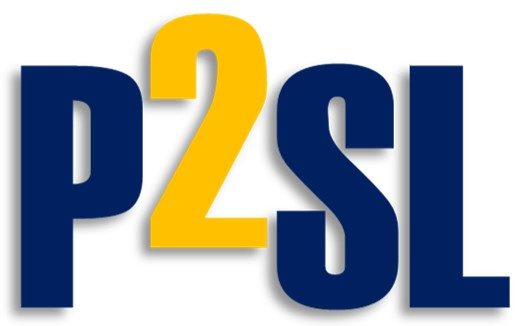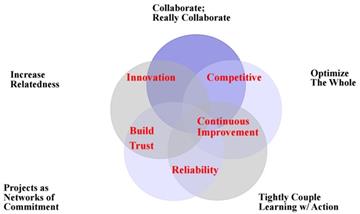F
Fabricated To Order (FTO)
Product put together from parts that are already designed, but as-of-yet have to be made, so as to meet the specifics of a customer request (order).
Illustration → see Assembled To Order
→ related to ETO, ATO, MTO, MTS, and CODP
fabrication
Process of customizing materials by means of cutting, drilling, fastening, welding, etc.
factor [CBA]
In the context of Choosing by Advantages, it is an element, part, or component of a decision (Suhr 1999). Some thought or thing that is given consideration in the decisionmaking process.
feedback
Information about the gap between the actual level and the reference level of a system parameter (input, process, or output) that is used to alter the gap in some way. The distinction between positive- and negative feedback is based on the consequence and not the action. If the action triggered by feedback widens the gap between the reference and the actual level(s) of the system parameter, the feedback is called positive feedback; if it narrows the gap, it is called negative feedback. Unpredictability of the action-consequence relationship makes the study of feedback difficult.
Reference: Ramaprasad, A. (1983). “On the Definition of Feedback.” Behavioral Science, 28:4-13.
FIFO
→ see first-in first-out
finished goods inventory
Inventory of goods (products or services) at the end of their production process, awaiting shipment or release to customers.
Illustration → see inventory
first-in first-out (FIFO)
Inventory management discipline whereby the items that first entered a waiting position (queue) are the first to be withdrawn from there.
first-run study (FRS) [LPS]
First (or one of several) trial execution(s) of an operation as a test of capability to meet safety, quality, time and cost targets. The FRS begins several (e.g., 2 or 3) weeks ahead of the first run with a planning session in which the team that will do that work is involved in developing a detailed work plan at the step level of task breakdown, so each person on the team knows what they are to do. First run studies follow the plan-do-check-act cycle. The plan is developed, the first run is carried out, the results are checked against the targets. If the results are inadequate, the operation design is replanned and the test performed again. This continues until the operation is considered capable, then that way of doing that type of work is declared the standard to meet or beat. First-run studies are done ahead of the scheduled first start of the operation, while there is time to acquire different or additional prerequisites and resources. First run studies are one of three ways in which operations can be designed: the other two are virtual prototyping (virtual first run studies or VFRS) and physical prototyping (mock ups).
fishbone diagram, Ishikawa diagram
→ see cause-and-effect-diagram
Five Big Ideas & Emergent Outcomes
A set of organizing concepts that support Lean Project Delivery, developed to explain and organize the Sutter Health Lean Construction Initiative launched in the early 2000s.
The Five Big Ideas are:
- Collaborate, Really Collaborate (originally implied “specialty contractors involved at schematic design”),
- Optimize The Whole,
- Tightly Couple Learning with Action,
- Projects as Networks of Commitment, and
- Increase Relatedness.
The Emergent Outcomes are:
- Innovation,
- Competitive,
- Continuous Improvement,
- Reliability, and
- Build Trust.
Figure source: http://www.leanproject.com/wp-content/uploads/Putting-the-Five-Big-Ideas-to-Work-LPC.pdf
float [CPM]
Calculation of the difference between late start vs. early start of an activity, reflecting the amount of time by which an activity can be delayed without delaying the early finish time of the project.
flow
→ see work flow
In general, refers to the F of Flow in the Transformation-Flow-Value (TFV) theory of production articulated by Koskela (1992, 2000).
(to) forecast
Prediction about the likelihood of occurrence of future events or performance.
forward pass calculation [CPM]
Calculation of the early start date and the early finish date of each activity in a network, taking into account the activity precedence relationships, by starting at the beginning of the schedule.
front end planning
The top level in the planning system hierarchy, above lookahead planning, dedicated to articulating high-level activities and their duration and sequencing as well as identifying milestones for an entire project, and resulting in a master schedule.
FTO
→ see Fabricated To Order
future state map [VSM]
A value stream map that describes a desired new (future) situation.

